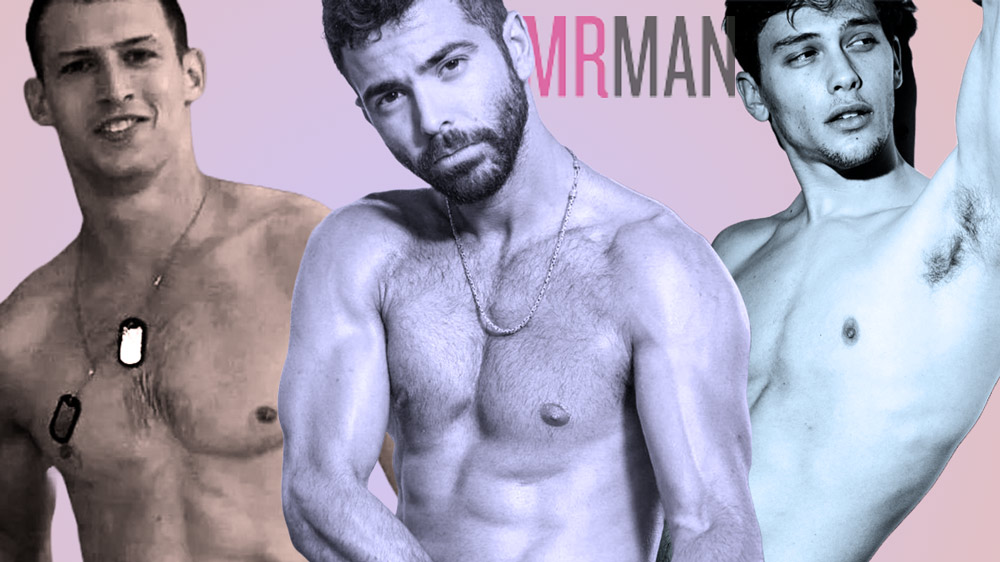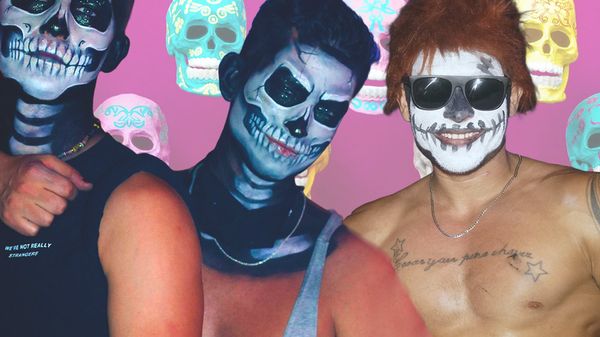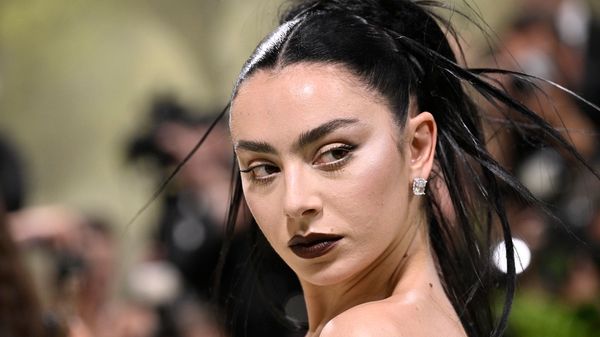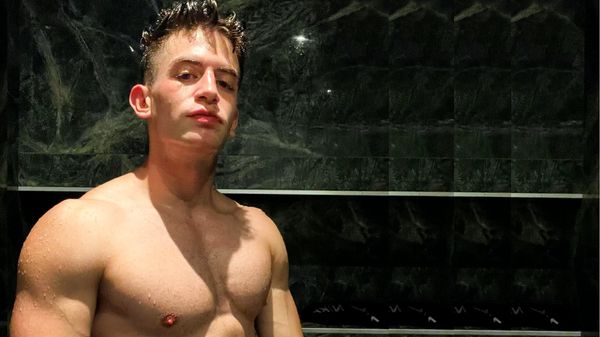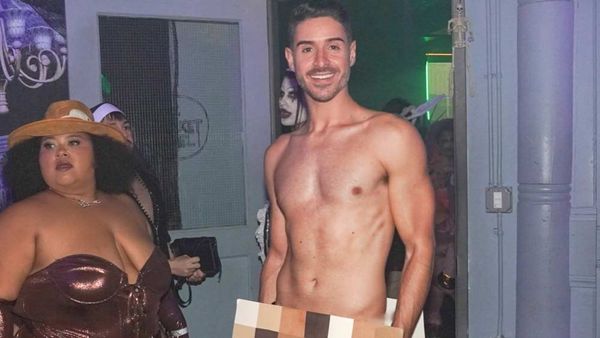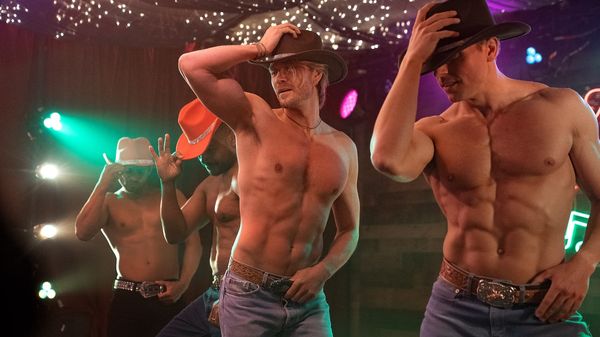
August 5, 2017
Ballet Pictures of Social Harmony
Paul Parish READ TIME: 3 MIN.
It's a huge pleasure to see our great ballet company the San Francisco Ballet in late summer, after months of their being out of the Opera House, performing for us again, for free, outdoors in the city park known as Stern Grove. It's like when a championship baseball team plays an exhibition game for the fans - all expectations are relaxed a bit, and the relations between performers and audience become softened, rounded a bit. They can see us, and though they're concentrating as much on their professional duties as usual, there's a difference: the same sun that shines on us illuminates their movements, the dragonflies and honeybees that swoop over us can nip down on them. Sometimes - though not this year - we're all caught in the same light rain.
Last Sunday, thousands of us picnicking dance-lovers crowded into the amphitheater (it can hold 20,000) dug into the deep romantic chasm by the ocean's edge for a mixed bill of exquisite dances. The program was perfectly balanced to be an afternoon's entertainment, not requiring the intense focus and dark emotions of a "Swan Lake," but still giving lots of food for thought. To see the complex social organization on stage, with so many people moving so confidently and happily through greetings and partings, gave such a sense of relief after the spectacle of precariousness, in-fighting, and back-stabbin that has become the daily spectacle of this country's public life, we all felt momentarily lightened in our spirits and overjoyed to see things work out, see designs take shape before our eyes that had distinction, form and elegance that did not ever seem phony - yes, they were ideal, but they also created pictures of social harmony that salved the anxieties stirred by every news cycle of the day.
The sunny ballerina Sasha De Sola glowed with a continuous outpouring of energy in "Haffner Symphony," choreographed by Helgi Tomasson to Mozart's music, conducted by Martin West with the ballet's orchestra in the pit. The piece is abstract dancing but hints at a big life celebration, maybe a cumpleanos, or perhaps a wedding, with some pomp and circumstance. The first movement shows her world: her boyfriend (the fabulous Angelo Greco) and her friends. The slow central movement shows friends dropping by to dance with her, singly and in groups. The third is kind of a bachelor party for Greco, and the finale a grand spectacle with spectacular dancing. It's a joy to watch Greco create increasingly expansive movement: he is a very short dancer who moves in a thrillingly large way, stepping out of a brilliantly whirling pirouette into a simple, quiet pose that expands into a god-like image.
A series of intense, intimate works followed intermission, with the great Pas de Deux from "Agon" (Stravinsky/Balanchine) danced to the hilt by our great ballerina Sophiane Sylve and Carlo Di Lanno. For something completely different, a quintet for sleek, muscular men featured the greatest strength of the company - the deep roster of superbly trained, cat-like men of the corps de ballet, each dancing heroically difficult variations that would challenge the stars of most other companies, to a magnificent baroque concerto by Geminiani based on Corelli's "La Follia." Helgi Tomasson is never more at ease than in presenting male bravura in its most elegant form. The dancers were Esteban Hernandez, Wei Wang, Diego Cruz, Max Cauthorn, and Lonnie Weeks, all of them superb. This set concluded with Paul Taylor's virtuoso perpetual-motion solo to the Andrews Sisters' World War II hit song "Boogie Woogie Bugle Boy (of Company B," danced with unflagging energy but also with poignancy by the powerful star-dancer Joseph Walsh, so that at the end of the dance, when the soldier had given his all and fell to the ground, we remembered that so many of those boys went in that war to their deaths.
The afternoon closed with the company's signature piece, "Within the Golden Hour," made for them for the new works festival years ago by Christopher Wheeldon to minimalist music by Ezio Bosso (with an insert of a piece by Antonio Vivaldi). SFB have danced this ballet all over the world now, and they own its intricacies so completely that as they move through the links in its chain, every movement tells, and the audience is held in rapt suspense from beginning to end. All 14 dancers are wonderful in it, especially the pairing of Lonnie Weeks and Diego Cruz, and the corps dancer Miranda Oliveira, but first among equals is Sarah van Patten, whom we feel by the end has stood in for us at our most vulnerable hour. The other soloists were Mathilde Froustey, Myles Thatcher, Luke Ingham, Maria Kochetkova, and Vitor Luiz. Kudos to Heidi Wilcox, the violinist in Vivaldi.
